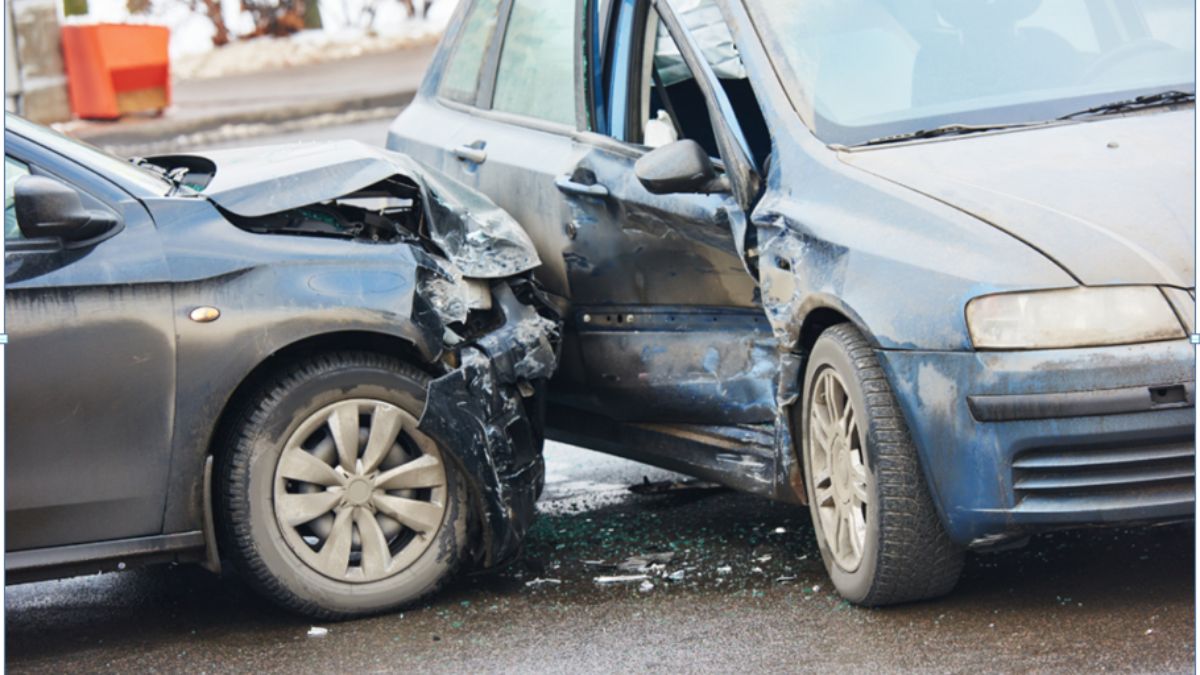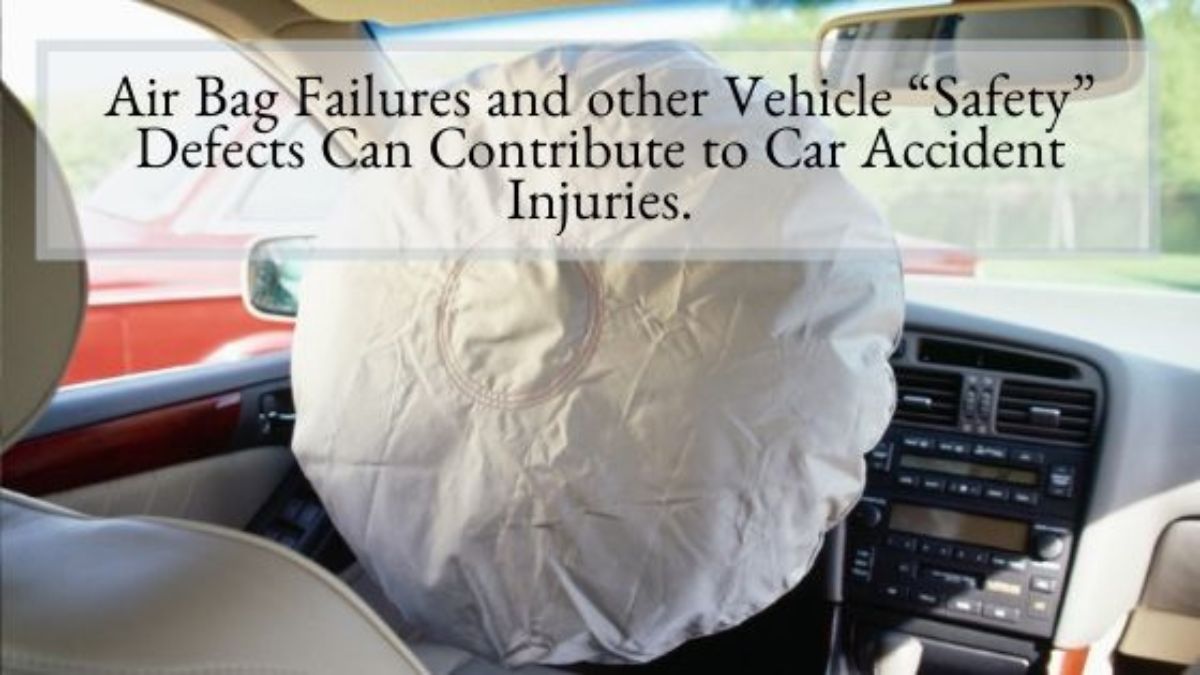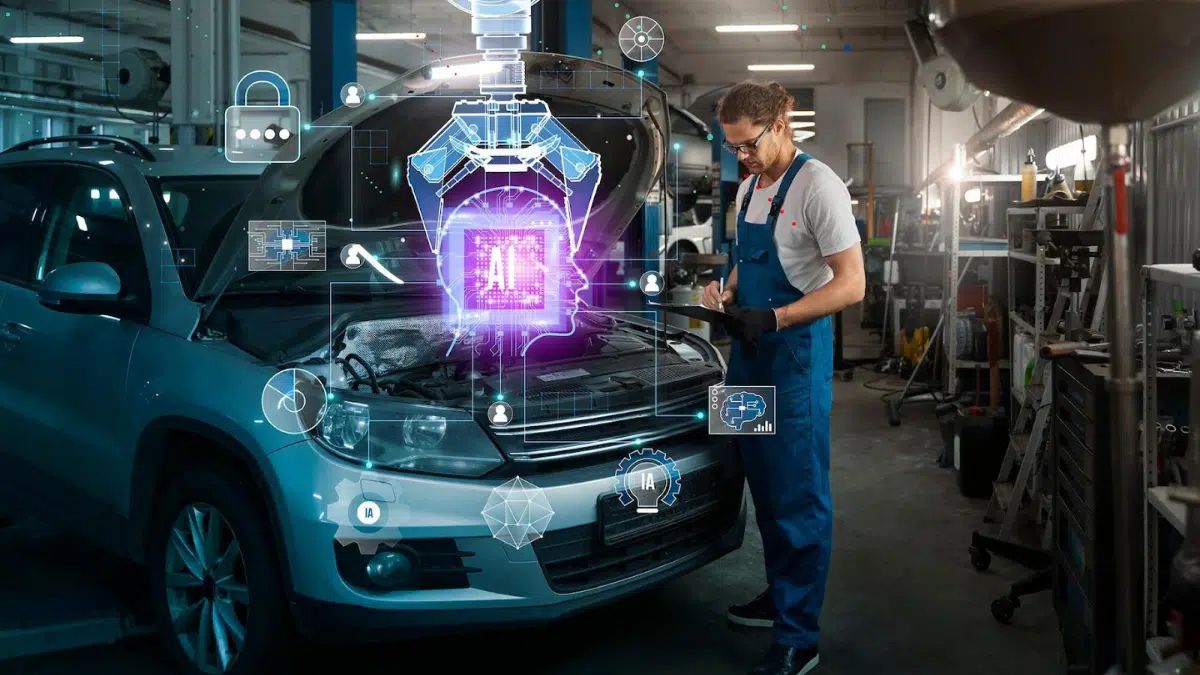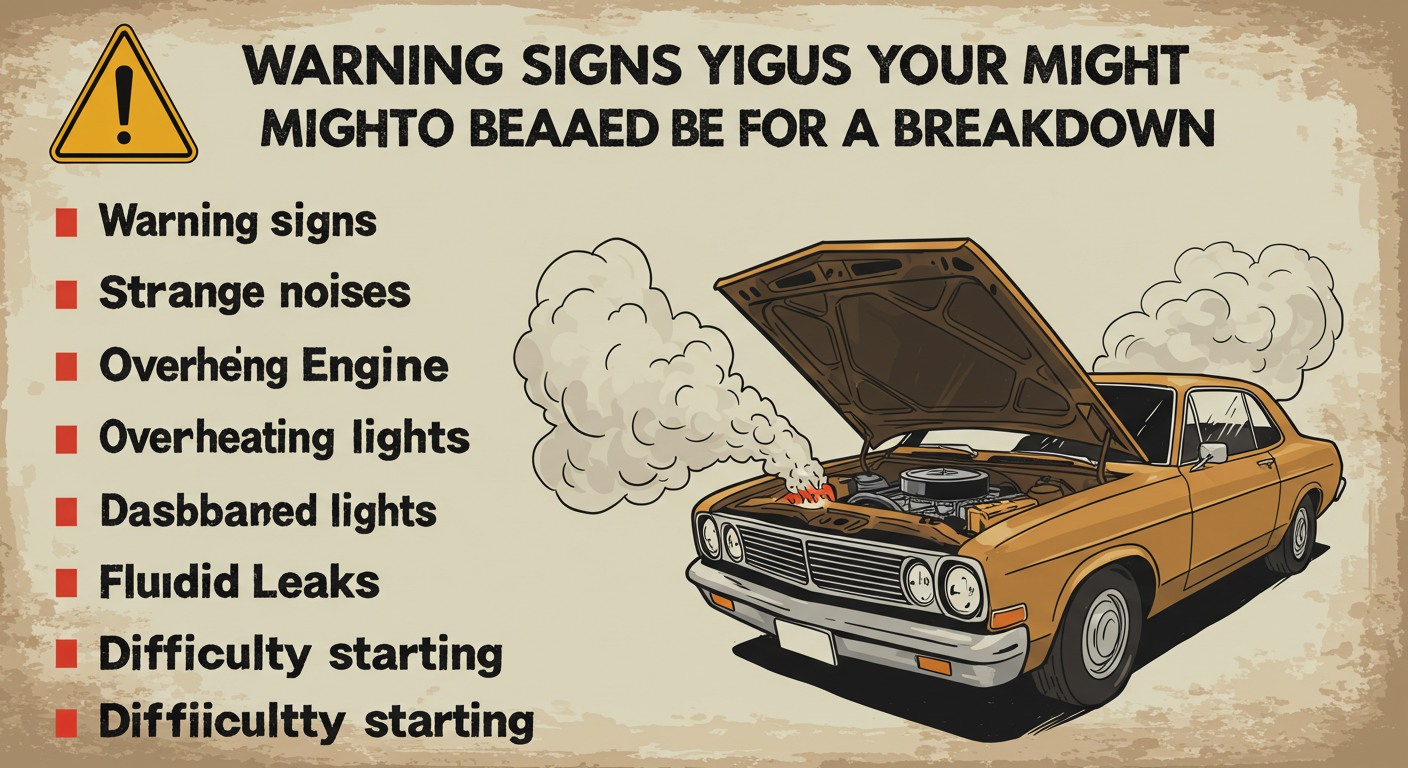AUTOMOTIVE
6 Severe Injuries that a Car Accident Survivor May Sustain

Car accidents happen every day in Fort Collins. Some of the injuries car accident victims sustain are so serious that they affect the way they live, work, and enjoy time with their loved ones.
Whether the crash is big or small, the impact on the body can be massive. In such instances, seeking professional legal help is recommended. A Fort Collins car accident lawyer can help you understand more about battling in the legal landscape.
Here are six severe injuries you might sustain in a car accident and how they can affect your life.
1. Traumatic Brain Injuries (TBI)
Your brain is one of the most important organs of your body, but it is also very fragile. During a car accident, your head might hit the steering wheel, window, or seat, causing a traumatic brain injury (TBI). A TBI happens when your brain is shaken or damaged because of the sudden impact.
Some TBIs are mild, like concussions, which may cause headaches or trouble concentrating. Others are much more severe, leading to memory loss, confusion, and even difficulty speaking. For some survivors, a serious TBI can cause long-term problems, like changes in personality or the inability to work. Recovering from a brain injury can take months, and some effects may last a lifetime.
2. Spinal Cord Injuries
The spinal cord is like a highway for messages between your brain and the rest of your body. When it gets damaged in a car accident, those messages can be blocked. This can cause paralysis, which means losing the ability to move parts of your body.
Spinal injuries are often divided into two types:
- Complete injury: You lose all feeling and movement below the damaged area.
- Incomplete injury: You still have some movement or feeling, but it’s limited.
For some survivors, spinal cord injuries can mean being unable to walk or move their arms. Everyday tasks like eating, dressing, or driving may become difficult. Recovery involves physical therapy and, in many cases, the use of wheelchairs or other mobility devices.
3. Internal Organ Damage
Not all injuries can be seen from the outside. A car accident’s force can hurt your internal organs, like your lungs, liver, or kidneys. For example, broken ribs might puncture a lung, or the impact could cause bleeding inside your body. These injuries are very serious because they are not always easy to detect.
If you feel pain in your chest, stomach, or back after an accident, it might be a sign of internal damage. Without quick medical treatment, these injuries can become life-threatening. That’s why it’s important to get checked out, even if you think you’re fine.
4. Broken Bones and Fractures
When a car accident happens, your body might be thrown forward, backward, or sideways. This sudden force can cause your bones to break. Broken arms, legs, ribs, and even the pelvis are common injuries after a crash.
Some fractures are simple, meaning the bone cracks but doesn’t move out of place. Others are much more severe, like compound fractures, where the bone breaks through the skin. Recovering from broken bones can take weeks or months. You may need casts, surgeries, or physical therapy to regain strength and movement.
In some cases, broken bones can cause lifelong problems, like chronic pain or difficulty walking.
5. Burns and Scarring
Not every car accident involves fire, but when it does, burns can happen. If a car explodes or leaks dangerous chemicals, you might suffer burns on your skin. Burns can be incredibly painful and take a long time to heal.
Burns are often classified into three levels:
- First-degree: Minor burns that affect the outer layer of your skin.
- Second-degree: Burns that go deeper, causing blisters and swelling.
- Third-degree: Severe burns that damage all layers of skin and even muscles.
For survivors, burns may leave scars that last forever. Scarring can be a physical and emotional challenge, as it often changes how a person looks and feels about themselves.
6. Amputations and Loss of Limbs
Some car accidents are so violent that they cause serious damage to arms, legs, hands, or feet. In these cases, doctors may need to remove the injured limb to save your life. This is called amputation.
Losing a limb is a life-changing experience. You might need a prosthetic (an artificial limb) to help you move around. Learning to walk, hold things, or do simple tasks can take months of practice. The emotional impact can be just as challengingas you adjust to life with a missing limb.
Psychological Trauma and PTSD
Physical injuries aren’t the only problems car accident survivors face. The mental and emotional effects of a crash can be just as severe. Some people develop post-traumatic stress disorder (PTSD), which can cause nightmares, anxiety, and fear of driving.
The emotional impact of a car accident can last long after your physical injuries heal. It’s important to remember that mental health matters, too.
Conclusion
A car accident can leave you with injuries that affect every part of your life. From brain injuries to broken bones, the impact can be severe and long-lasting. While some people recover fully, others face challenges that never truly go away.
If you or someone you know has been in a car accident, remember that healing—both physical and emotional—takes time. Stay informed, stay strong, and take care of yourself.
AUTOMOTIVE
What To Do If Your Airbag Fails During A Car Crash

Facing an airbag failure during a car crash can cause distress and confusion. Stay calm and focus on your safety first. It’s crucial to check for any injuries immediately. Call emergency services if needed. After ensuring your well-being, consider the next steps. Document the scene, capturing photos of the car’s interior and exterior. This evidence can assist in understanding what went wrong. If possible, gather witness information, as their accounts may be helpful later. Consult a Car accident lawyer to understand your rights. They can help navigate legal processes and determine if there’s a case against the manufacturer. Remember, time is of the essence. Reporting the incident to your insurance company promptly can aid in covering any damages. Additionally, having your car inspected by a professional can identify any issues that need addressing. Taking these steps can help manage the aftermath effectively and keep you protected.
Immediate Actions To Take
Ensuring your safety and that of others is the first priority. Turn on your hazard lights to alert other drivers. If you can move the vehicle, pull over safely to prevent further risks. Check yourself and passengers for injuries. Call 911 if anyone needs medical care. Even if everyone appears unhurt, it’s best to seek a professional medical evaluation since some injuries are not immediately obvious.
Gathering Information
Collect details that help explain the event. Take clear photos of your vehicle from multiple angles. Capture images of the dashboard to show the airbag status, both before and after the crash. If there are witnesses, ask for their contact details. Their statements may provide valuable perspectives. Also, note any weather or road conditions that might have contributed to the accident.
Understanding Airbag Failures
Airbag failures can happen for several reasons, such as sensor issues, electrical faults, or defective parts. Understanding these causes is important for addressing the problem. Reviewing your car’s maintenance records can reveal if any recalls or repairs might relate to the failure. You can also check the National Highway Traffic Safety Administration (NHTSA) website for relevant safety recalls.
Data Table: Common Airbag Failure Causes
| Cause | Description | Preventive Measures |
| Sensor Malfunction | Sensors fail to detect impact | Regular vehicle checks |
| Electrical Issues | Faulty wiring or connections | Professional inspections |
| Defective Parts | Faulty manufacturing | Check for recalls |
Insurance and Legal Considerations
Report the crash to your insurance provider quickly. They guide you on coverage and claims. Insurance may cover repairs or medical bills. Also, explore if legal action is needed. Consulting a car accident lawyer helps clarify your rights and the possibility of a case against the airbag manufacturer. Legal experts understand the intricacies of product liability, which can be critical in holding manufacturers accountable.
Vehicle Inspection and Repair
After the crash, get your car inspected by a qualified mechanic. They can determine the cause of the airbag failure and document their findings. This inspection helps in processing insurance claims or legal actions. If a repair is needed, ensure a certified professional completes it to avoid future issues.
Prevention Tips
- Stay updated on vehicle recalls through the NHTSA Recalls page.
- Schedule regular vehicle maintenance.
- Have professionals inspect your airbag systems.
Conclusion
Airbag failures require quick thinking and action. By following these steps, you address immediate safety concerns and protect your interests moving forward. The road to resolution involves documentation, understanding causes, and seeking legal advice when necessary. Stay informed and proactive to prevent such incidents in the future, ensuring your safety on the road.
AUTOMOTIVE
The Future of Vehicle Customization: Transforming Autos for Practicality and Style

Vehicle customization stands as a testament to human creativity and technological advancement. Whether undertaking minor aesthetic tweaks or undertaking major performance overhauls, customization offers car owners a chance to inject personality and practicality into their vehicles. The services available through Tcsupfitting.com exemplify this trend by providing specialized vehicle modifications catering to the unique requirements of drivers.
The practice of customizing vehicles dates back decades and has evolved significantly over time. In its early days, customization was primarily focused on performance enhancements. Today, it encompasses a wide array of modifications that range from visual upgrades to the integration of cutting-edge technologies. As the future of vehicle customization unfolds, it continues to expand its scope and impact, offering car enthusiasts countless opportunities to personalize their rides.
What Drives the Rise in Customization?
The surge in vehicle customization can be attributed to multiple factors, chief among them being the consumer’s desire for uniqueness and personalization. In a world where individuality is celebrated, car owners often seek to express their identities through their vehicles. This urge to stand out spurs the demand for custom modifications, transforming ordinary cars into extraordinary manifestations of personal taste and style.
Moreover, the rise of the DIY culture significantly contributes to this trend. Enthusiasts currently have access to a wealth of online resources, such as video tutorials and detailed guides, which empower them to confidently undertake customizations. The availability of safety guidelines from reputable sources further ensures that these modifications are carried out with utmost care, prioritizing both creativity and safety.
Popular Customization Trends
Within the realm of customization, several trends have emerged as popular choices among car owners. Aesthetic modifications, such as custom wraps, decals, and unique paint finishes, allow drivers to transform the appearance of their vehicles. These visual enhancements serve as a canvas for self-expression, turning heads on every street corner.
Performance-oriented customizations remain a favorite among enthusiasts who crave speed and power. Upgrades like turbochargers, performance exhaust systems, and suspension kits enhance a vehicle’s capabilities, providing thrilling driving experiences. Additionally, the utilization of smart technologies and advanced systems has become increasingly sought after, seamlessly merging modern conveniences with traditional automotive functionalities.
Safety Tips When Customizing Your Vehicle
In the pursuit of creating a custom masterpiece, ensuring safety is paramount. Vehicle owners must adhere to safety standards and regulations when planning modifications. It is essential to consult experts and rely on reliable resources, such as the National Highway Traffic Safety Administration (NHTSA), which provides valuable insights into safe customization practices.
Moreover, maintaining the structural integrity of the vehicle is crucial. Care must be taken to ensure that essential features such as airbags and brakes remain functional after modifications. By prioritizing safety, enthusiasts can enjoy the benefits of their customizations while minimizing potential risks.
The Role of Technology in Customization
Advancements in technology have ushered new horizons for vehicle customization, offering tools and platforms that make modifications more sophisticated and accessible. From 3D modeling software to virtual reality applications, technology has enabled enthusiasts to visualize and implement their ideas with unprecedented precision and creativity.
Additionally, mobile apps and online communities foster collaboration and knowledge-sharing, allowing customizers to exchange ideas, access expert advice, and source custom parts. This digital ecosystem has not only democratized customization but also inspired a new generation of innovators to push the boundaries of what’s possible in the automotive world.
Customization for Specific Needs
Vehicle customization is not limited to aesthetics or performance; it also addresses specific needs across various lifestyles and industries. Off-road enthusiasts, for instance, may opt for enhancements such as skid plates, winches, and lifted suspension systems to conquer rugged terrains.
On the other hand, commercial vehicles benefit from custom solutions tailored to their purposes. This could include installing specialized storage systems or implementing cutting-edge tracking technologies to optimize efficiency. The adaptability of vehicle customization ensures that vehicles can be tailored to address the unique needs and demands of their owners, enhancing convenience and utility.
Environmental Impact and Sustainability
In recent years, there has been a growing emphasis on eco-friendly customization practices. As awareness of environmental conservation increases, car enthusiasts are opting for sustainable materials in their modifications. Interior upgrades made from recycled materials and eco-conscious paint processes are gaining traction as environmentally responsible choices.
Additionally, electric vehicle (EV) modifications represent a significant leap towards sustainability. Enthusiasts are increasingly interested in retrofitting traditional cars with electric drivetrains or incorporating hybrid technologies, making strides in reducing their environmental footprint while enjoying the benefits of customization.
Conclusion and Final Thoughts
The realm of vehicle customization is a dynamic and ever-evolving field driven by a blend of innovation, creativity, and consumer desires. Whether seeking to boost a vehicle’s performance or simply express one’s personality, the possibilities in customization are as vast as they are exciting.
With careful planning and a keen eye for detail, car owners can harness the power of customization to create vehicles that not only reflect their individuality but also cater to their practical needs. As technology continues to advance and eco-friendly practices take center stage, the future of personalized autos promises to be both exhilarating and sustainable.
AUTOMOTIVE
Warning Signs Your Car Might Be Headed for a Breakdown

Introduction
Your car is more than just a means of transportation; it’s an integral part of your daily life. With this reliance, ensuring your vehicle remains in top condition is essential. Often, cars give out warning signs long before a major breakdown occurs, allowing you to address issues early on. Awareness of these warning indicators guarantees your driving safety and helps you save money and worry. By identifying minor problems early, you can maintain your car’s smooth operation and significantly increase its lifespan.
Strange Noises
One of the most common indicators that your car might be headed for a breakdown is unusual noises. If you hear squealing when you brake, knocking sounds from the engine, or grinding when shifting gears, it’s time to pay attention. These sounds often signal issues with brake pads, the engine, or the transmission. A professional auto repair shop Apopka FL, can diagnose these problems quickly and provide the necessary repairs. Hiring experts guarantees that the work is done correctly, unlike do-it-yourself projects that risk causing more damage.
Dashboard Warning Lights
The dashboard warning lights are your car’s way of crying out for help. While it might be tempting to ignore these lights, as long as your vehicle seems to run fine, they indicate potential problems that need addressing. Whether it’s the check engine, oil, or brake warning light, each flashes as a sign that your vehicle needs attention. Ignoring them can lead to exacerbated issues, potentially resulting in extensive damage. Seeking assistance from qualified technicians is crucial to preserving your car’s functionality and keeping repair costs low.
Leaking Fluids
Your car relies on various fluids to keep its components working smoothly—from engine oil to coolant and transmission fluid. If you notice puddles or droplets under your vehicle, it’s a clear sign that something may be amiss. Different fluids have distinct colors and consistencies, helping you identify the type of leak. Leakages often suggest worn seals or loose components, which require professional repair. Regular checks and professional maintenance can catch leaks early, preventing damage and preserving vehicle performance.
Unusual Vibrations
Feeling unusual vibrations while driving can be disconcerting and indicate underlying mechanical issues. They might stem from misaligned wheels, unbalanced tires, or problems with the suspension system. These issues can worsen if left unattended, affecting other parts and leading to costly repairs. Professional inspections can diagnose and resolve the causes of vibrations, ensuring everything is perfectly aligned for a smooth ride. By addressing vibrations early, you enhance overall vehicle safety and performance.
Decreased Performance
Is your car not accelerating like it used to, or perhaps it struggles when climbing hills? Decreased performance can result from clogged filters, engine troubles, or transmission problems. This decline affects your driving experience and fuel efficiency, potentially increasing your costs at the pump. Experienced auto repair technicians can pinpoint the root causes and efficiently restore your vehicle’s performance. Proper maintenance can thus improve both the drivability and longevity of your car.
Smoke or Fumes
If you notice smoke or strange fumes coming from your car, it’s a major red flag. Blue smoke may indicate oil burning in the engine, while white smoke could mean coolant leakage. Black smoke generally means that the engine is burning too much fuel. These problems must be addressed immediately to prevent significant damage or dangerous driving circumstances. Professionals have the equipment and know-how to correctly identify and resolve these issues to ensure your car operates safely and effectively.
Unresponsive Brakes
The most essential safety component of any car is the brakes. It’s critical to have them checked immediately if you notice a spongy brake pedal, increased stopping distances, or odd noises when braking. These signs point to a potential problem with your braking system. Brake problems can worsen quickly, despite the temptation to put off repairs if symptoms seem mild. To keep you and your passengers safe, a reputable auto repair shop will ensure your braking system operates at peak efficiency.
Conclusion
Attention to and acting on your car’s signals is key to preventing breakdowns and costly repairs. From listening to strange noises to monitoring dashboard warnings, staying vigilant ensures your vehicle remains in optimal condition. Routine inspections and maintenance performed by professional technicians guarantee that even minor issues are addressed before escalating into significant problems. Ultimately, prioritizing your car’s health through professional care offers peace of mind, safety, and, ultimately, more miles on the road.
-

 BLOG1 year ago
BLOG1 year agoATFBooru: A Hub for Animated Art and Community
-

 CONSTRUCTION1 year ago
CONSTRUCTION1 year agoBuilding a Home Gym in Your Basement (7 Key Renovation Tips)
-

 BLOG1 year ago
BLOG1 year agoFictionmania: A Deep Dive into the World of Transformative Stories
-

 GAMES1 year ago
GAMES1 year agoSnow Rider 3D: Unblocked Tips and Tricks for Gamers
-

 BLOG12 months ago
BLOG12 months agoGIFHQ: A Comprehensive Guide
-

 BLOG1 year ago
BLOG1 year agoVincent herbert new wife: A Detailed Overview
-

 LIFESTYLE12 months ago
LIFESTYLE12 months agoVersatile Living: Stylish Indoor Outdoor Rugs with Eco-Friendly Appeal
-

 BUSINESS1 year ago
BUSINESS1 year agoInvestiit.com Tips: A Comprehensive Guide for Smart Investing
